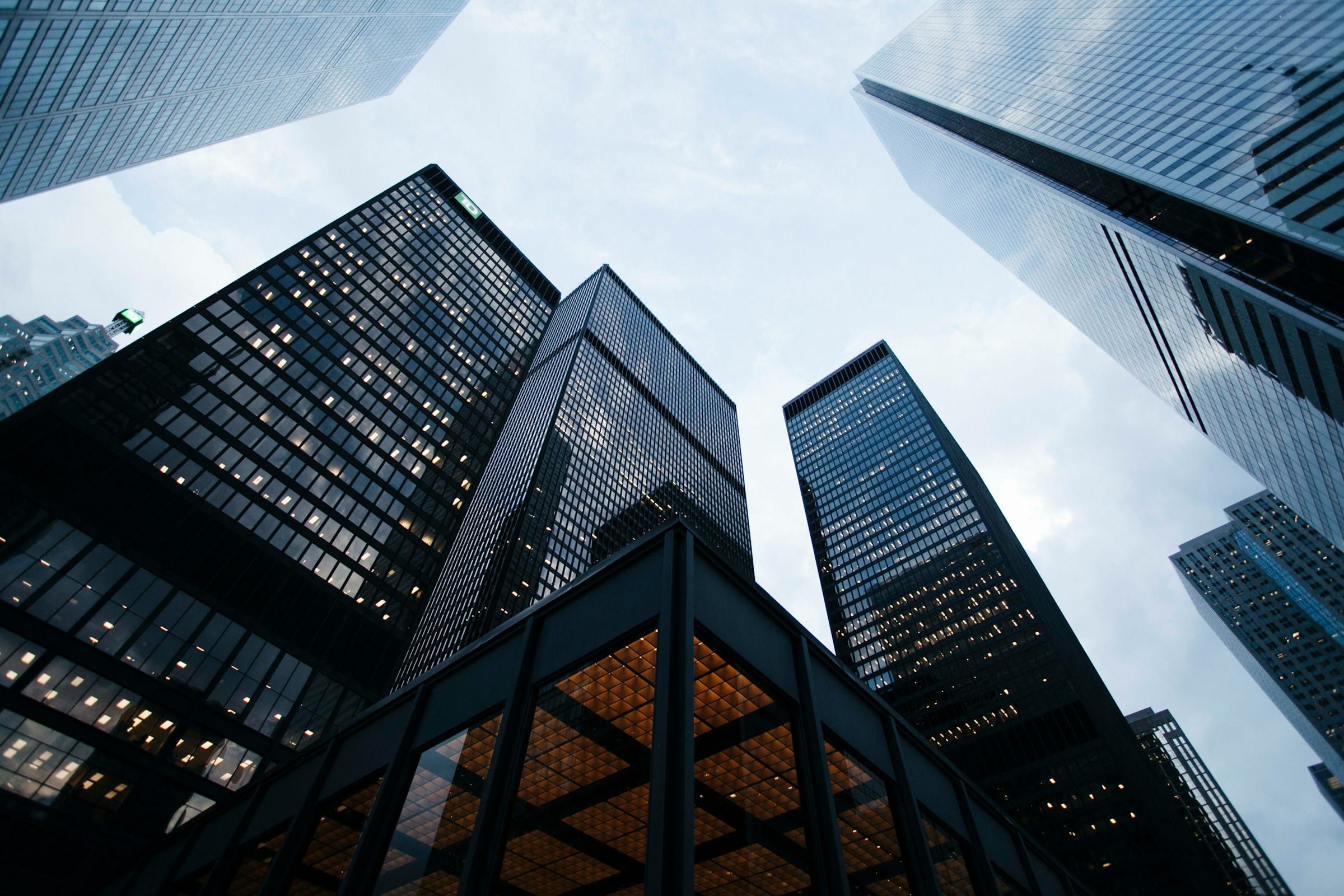What Are the Financial Advantages of Commercial-to-Residential Conversions in Post-Pandemic Cities?

As we navigate a world that has been significantly restructured by the COVID-19 pandemic, there has been a notable shift in urban landscapes. Numerous empty office and commercial buildings are being eyed by developers for conversion into residential spaces. This transformation is a direct result of changes in work habits and urban trends, prompting a new wave of conversions from commercial spaces to housing.
This article will explore the financial benefits of such conversions, particularly in a post-pandemic cityscape, and how these changes may shape the future of our cities.
A lire en complément : How Can Social Impact Investing Transform the Real Estate Landscape?
The Decline of Commercial Office Spaces
With the global shift to remote and flexible working arrangements in response to the pandemic, commercial office spaces in cities have seen a drastic decline in demand. A large number of companies, both big and small, adopted a remote work model, and many plan to continue this system in the long haul.
A result of this change is that many buildings in the heart of our cities, once bustling with office workers, are now sitting vacant. This situation presents an opportunity for property developers to convert these empty spaces into residential units. Not only does this fill the void left by companies and businesses leaving, but it also caters to the increasing demand for affordable housing within city centers.
A lire également : What Are the Best Practices for Adaptive Reuse of Abandoned Factories into Residential Spaces?
Financial Gains From Conversions
Developers who indulge in the practice of converting commercial buildings to residential properties are likely to experience significant financial gains. With the right planning, they can transform vacant commercial space into a lucrative residential property.
One of the primary advantages is the relatively lower acquisition cost. Commercial properties, especially in downtown areas, which have been deserted by businesses, can often be purchased at below-market rates. The conversion process, while having its own set of challenges, is often cheaper than constructing a new residential building from scratch.
Moreover, developers can take advantage of tax incentives and credits extended by governments encouraging such conversions. For instance, in the United States, the ‘Federal Historic Preservation Tax Incentives program’ encourages the preservation and reuse of historic buildings by offering tax credits.
Meeting the Demand for Affordable Housing
The conversion of commercial buildings to residential properties is not only financially advantageous for developers but also serves a pressing societal need: affordable residential housing.
In recent years, most cities have struggled with housing affordability. Limited space for new residential construction in cities, coupled with high demand, has led to soaring property prices and rents. By converting commercial buildings, which are often centrally located, into residential units, developers can introduce more affordable housing options into the market. This conversion process allows for the better utilization of space within the city, contributing to its overall sustainability.
Revitalizing City Centers
The conversion of commercial buildings into residential spaces also plays a significant role in reviving city centers. As businesses move out of downtown areas, the vibrancy and economic activity that once defined these areas may begin to fade.
By converting these vacant commercial buildings into residential spaces, developers can help breathe new life into these areas. New residents bring demand for local businesses like restaurants, shops, and services, which helps to support the local economy.
Conclusion
In summary, the conversion of commercial buildings into residential spaces in post-pandemic cities presents a host of financial benefits for developers. From lower acquisition costs and tax incentives to meeting the increasing demand for affordable housing and revitalizing city centers, these conversions can be a wise investment. As such, we can expect to see more of these transformations in the coming years as developers, cities, and societies adapt to the new normal brought about by the pandemic.
The Role of Adaptive Reuse in Housing Crisis
As urbanized regions grapple with a housing crisis, the adaptive reuse of vacant commercial buildings into residential premises offers an innovative solution. Adaptive reuse refers to the process of redeveloping an old, unused building for a purpose other than what it was originally designed for. In this case, it means converting commercial spaces into residential units.
In the post-pandemic era, where remote working is becoming the norm, many office buildings are sitting empty. On the other hand, there is a soaring demand for affordable housing in cities. Adaptive reuse can address this gap efficiently. By converting vacant office buildings into residential areas, developers not only make good use of the existing infrastructure but also contribute to solving the housing crisis.
The process of converting commercial buildings into residential units also helps preserve architectural heritage. Many office buildings, especially in downtown areas, have unique architectural features. Adaptive reuse allows these features to be maintained while serving a new function, which adds to the city’s aesthetic appeal and cultural value.
Furthermore, residential conversions can contribute to the reduction of urban sprawl. By utilizing the existing office buildings, the need for new constructions on the city outskirts reduces, helping to maintain the city’s ecological balance.
The Impact of Property Tax and Government Policies on Residential Conversions
Government policies play a crucial role in encouraging developers to undertake residential conversions. One such policy tool is the property tax incentives offered by many governments. These incentives can significantly reduce the financial burden on developers, making it more lucrative to carry out the conversions.
For instance, in New York City, the 421a tax incentive program provides developers with tax exemptions for building residential properties in certain areas of the city. Such incentives make it financially beneficial for developers to purchase vacant commercial properties, convert them into residential units, and rent or sell them to residents at affordable prices.
On the other hand, zoning regulations can sometimes pose a challenge to residential conversions. Some cities have strict zoning laws that prevent the conversion of commercial spaces into residential ones. However, governments can amend these regulations to facilitate the adaptation of vacant offices into living spaces. By doing so, they can solve the dual problem of empty office spaces and a shortage of housing.
Conclusion
In conclusion, commercial-to-residential conversions offer a viable and beneficial solution to the shifting trends in urban landscapes post-pandemic. They not only provide financial advantages to developers through lower acquisition costs and tax incentives but also serve the societal need of affordable housing. Moreover, these conversions aid in revitalizing city centers and tackle the housing crisis effectively.
With adaptive reuse, property owners can transform vacant office buildings into desirable, affordable housing units, contributing to a more sustainable urban development model. Therefore, it is imperative for city planners, government officials, and real estate developers to recognize the potential of commercial-to-residential conversions and make them a key part of their strategies for the future development of cities in the post-pandemic world. As we adapt to the new normal, this innovative approach can significantly reshape and redefine our cities.
